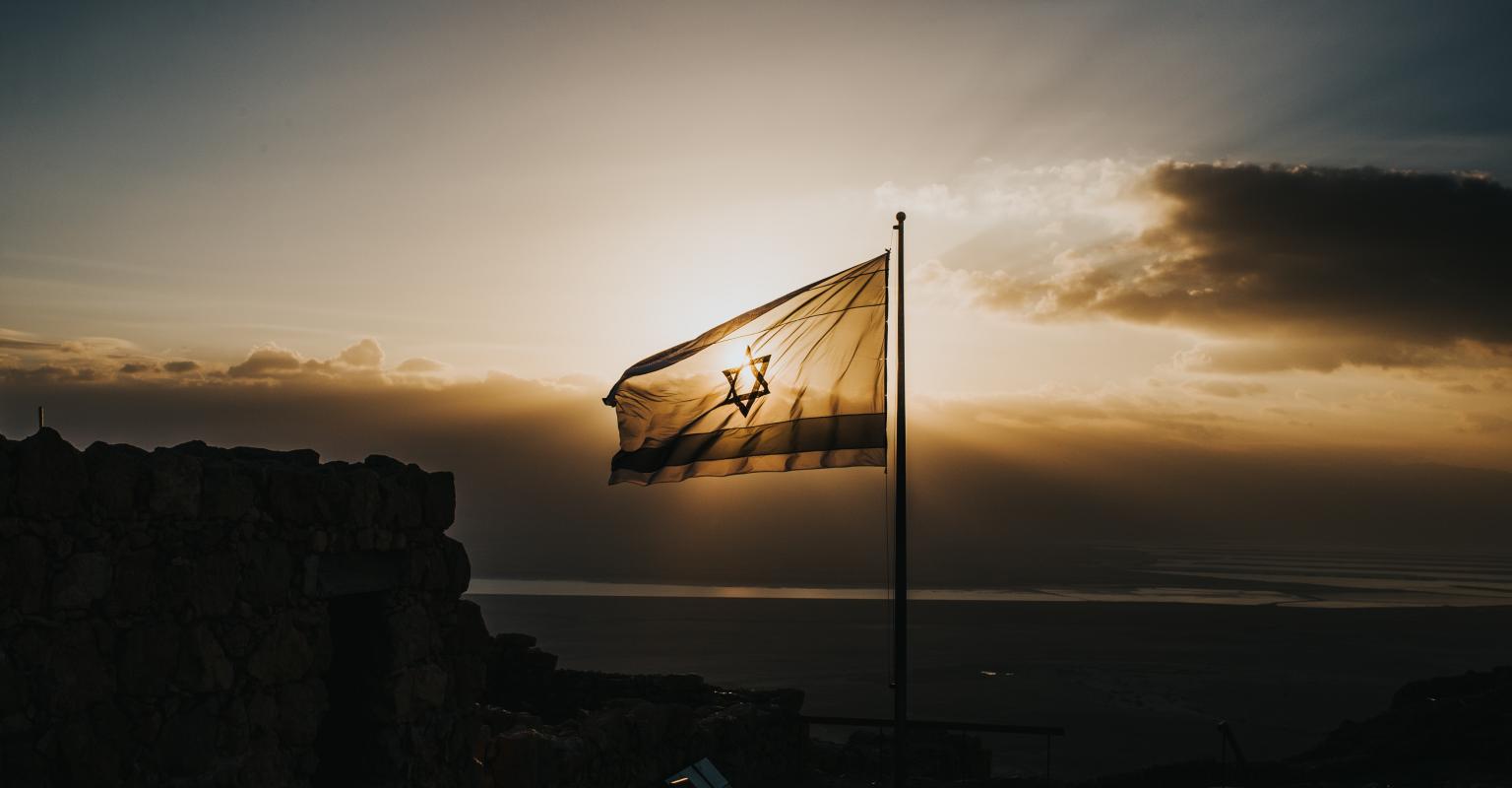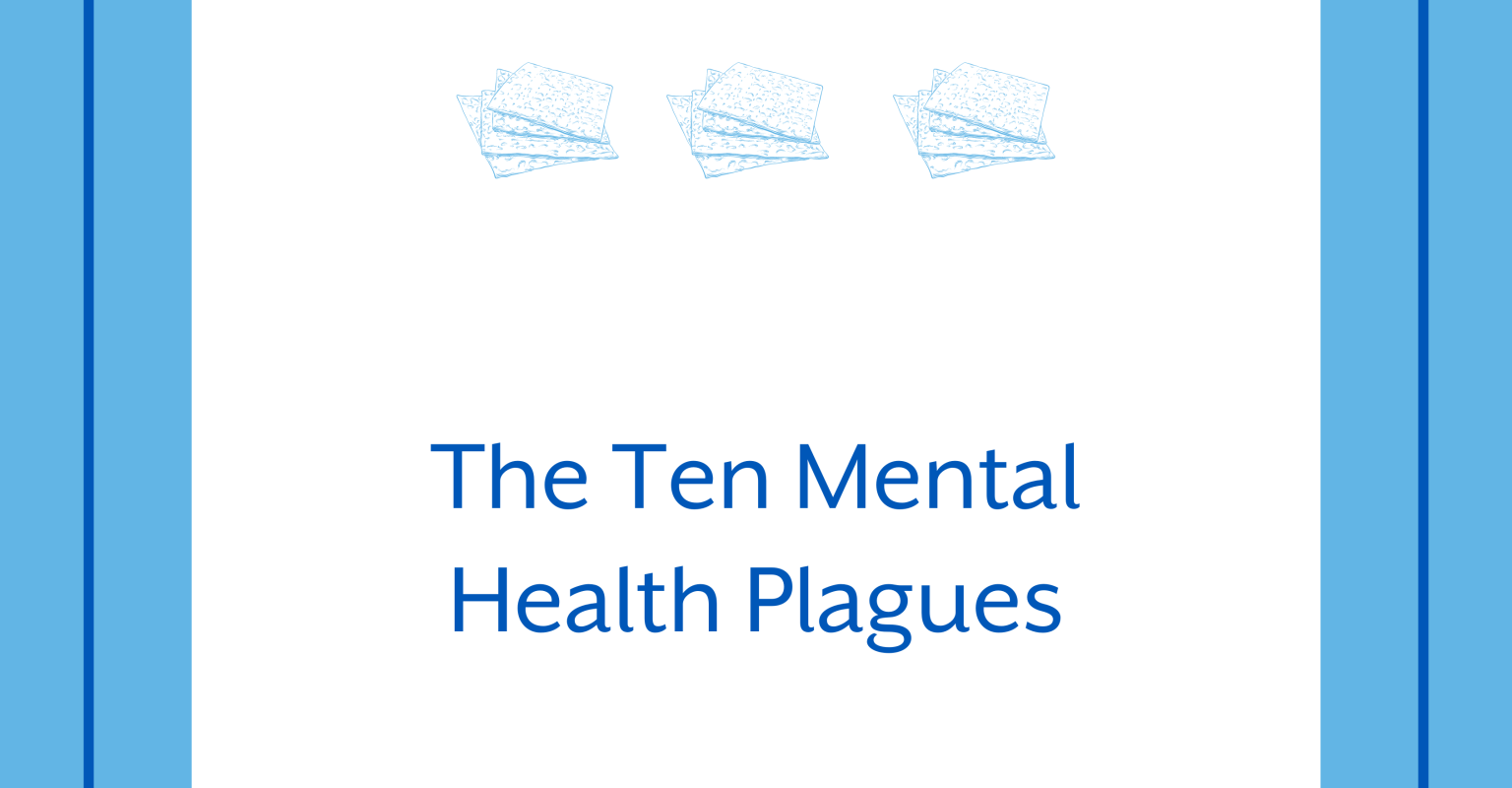Bringing the Hostages to Your Seder: Seder Supplement
1610
1
Article
Lesson
How might we integrate hope for the return of our hostages into our Seders this year? How might we meaningfully engage an intergenerational group with the hostage issue at the Seder table?
Show more
View Resources:
The Jewish Education Project Content
Topic
- Israel - Contemporary
- Jewish Holidays (Chagim)
Setting
- After School and Beyond
- Educator Training
- Early Childhood
- Family Engagement
Discover more

Collection
An exciting blend of Passover resources and Haggadah Supplements to help your students connect with the themes of Passover.
11129
49

Collection
Resources to help learners engage safely with the current crisis in Israel.
13917
73

10 mental health plagues to supplement the reading of the Ten Plagues of the Exodus.
169
15
